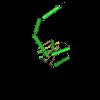 |
?
 
|
|
|
|
|
 |
